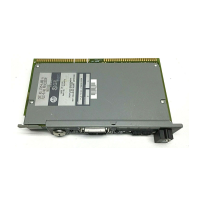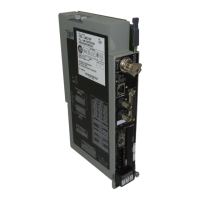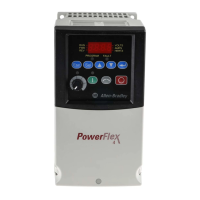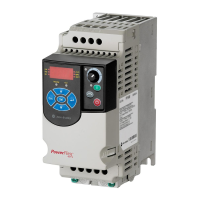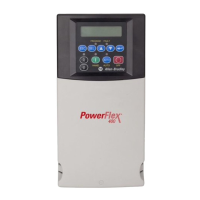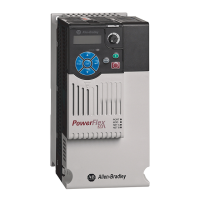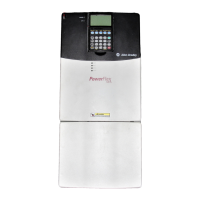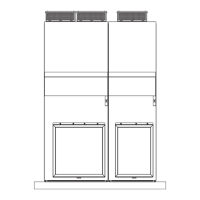Programming .01Second Timers
Appendix C
C4
In general, 10-msec timers are used for these functions:
monitor events on a high-speed assembly or transfer line, such as that
used in canning and bottling machines
generate short-duration pulses for accurate positioning control.
For example, on a bottling or canning line, photoelectric sensors or
electromagnetic proximity switches can be used to detect the movement
of bottles/cans. Each time a bottle passes a detector, an On Delay or Off
Delay timer can be started. The next bottle down the line will turn the
sensor on (or off), thereby resetting the timer. Once the second bottle is
past the sensor, the timer is started again. If the bottles are moving too
slowly, or if a bottle is missing, the timer will time out. The timed bit in the
Data Table of the Mini-Processor controller can be programmed to set off
an alarm, or to stop the machine until the problem is corrected.
With the high speeds encountered on a typical high-speed bottling
machine, a timer with a 0.1-second time base would probably be too slow
for this application. By computing the minimum bottle travel speed, the
maximum time between bottles could be determined. The time, in 10-msec
increments, could then be entered as the timer preset.
As another typical example 10-msec timers could also be used to operate
sorting mechanisms for high-speed machines. Two methods can be used:
Method 1 — The sort mechanism could be energized, for example,
60 msec after a reject is sensed by a particular sensor.
Method 2 — The reject sense switch could immediately apply a 40-msec
pulse to the sort mechanism. In this case, the pulse is just long enough for
the mechanism to pull only one rejected bottle off the line.
Yet another example for the generating of short-duration pulses can also
be found in machine tools and similar applications requiring accurate
positioning control. Typically, 10-msec timers are used to generate one
short duration pulse, or a series of pulses, when a limit switch or proximity
switch detects end of travel, depth reached, or similar data. Detection
that machining depth has been reached could, for example, generate a
130-msec pulse to the motor reverse circuit, thus plugging or braking the
spindle with great accuracy.
Programmable control offers additional advantages in these applications.
For example, consider a bottling machine capable of filling and capping
12-ounce and 16-ounce bottles. The larger bottles may move more slowly,
or the spacing between bottles may be different. Detection of 16-ounce
bottles could cause the Mini-Processor to GET different timer preset values
and PUT them into monitoring and sorting timers, such as those discussed
above.
C.3
10Msec T
imers - T
ypical
Applications
Artisan Technology Group - Quality Instrumentation ... Guaranteed | (888) 88-SOURCE | www.artisantg.com

